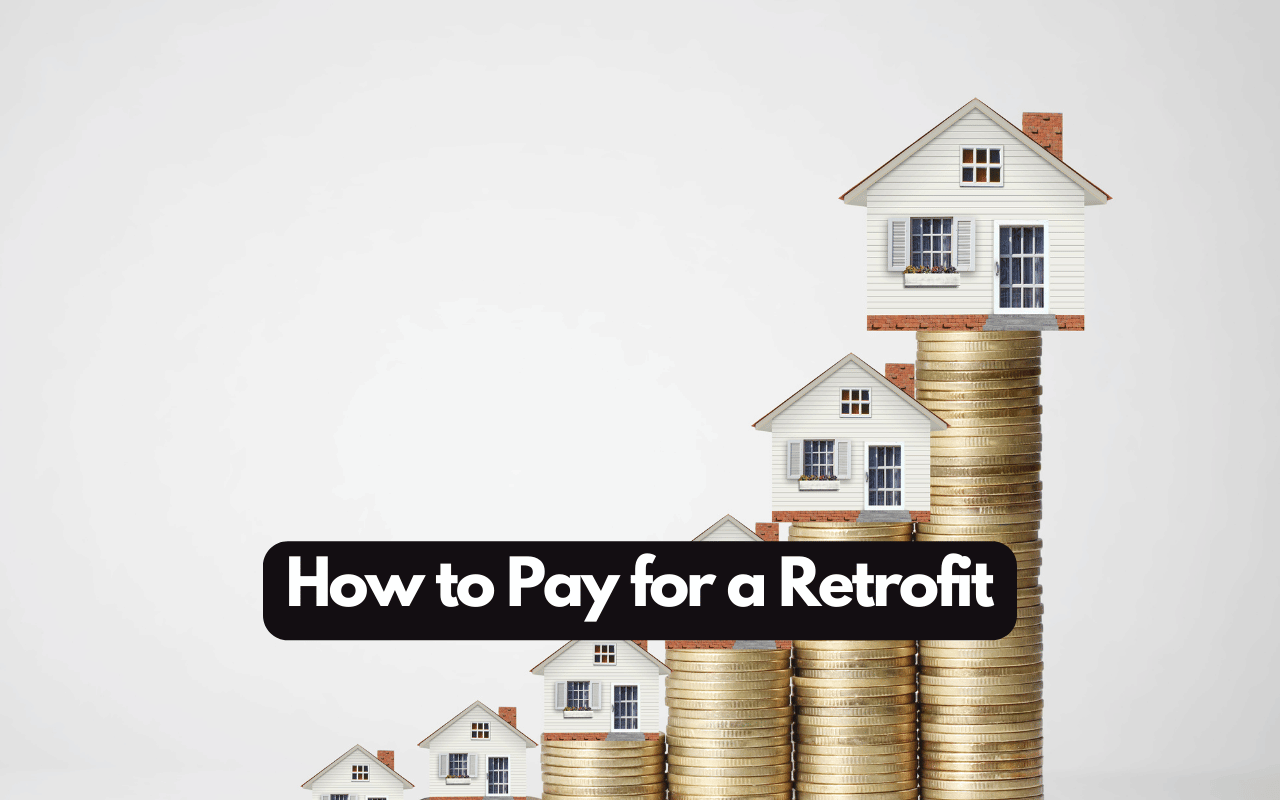How to Pay for a Retrofit: 5 Easy & Effective Ways

Learn how to assess retrofit costs, explore financing options, research tax incentives, budget for monthly payments, and choose the right loan terms for your home improvement project.Are you considering making energy-efficient upgrades to your home but feeling overwhelmed by the potential costs? Retrofitting your home with energy-efficient improvements can lead to long-term savings on your energy bills, but the upfront costs can be daunting. In this blog post, we will dive into the various aspects of paying for a retrofit, from assessing the costs to choosing the right financing options and taking advantage of tax incentives.
- How to Pay for a Retrofit: 5 Easy & Effective Ways
- Assessing retrofit costs
- Exploring financing options
- Researching tax incentives
- Budgeting for monthly payments
- Choosing the right loan terms
- Frequently Asked Questions
We will start by discussing how to assess retrofit costs, including the most common upgrades and their associated expenses. Then, we will explore the different financing options available to homeowners, from personal loans to home equity lines of credit. Additionally, we will delve into the potential tax incentives and rebates that can help offset the cost of a retrofit. We will also provide tips on budgeting for monthly payments and choosing the right loan terms to make the process more manageable. Stay tuned for valuable insights on how to get started on your energy-efficient home upgrades.
Assessing retrofit costs
When considering a retrofit for your home or business, it’s crucial to first assess the costs involved in the process. This includes not only the cost of the retrofit itself, but also any additional expenses such as hiring contractors or obtaining permits. By researching and obtaining quotes from multiple sources, you can get a better idea of the overall cost and what to expect.
Once you have an understanding of the potential costs, it’s important to budget and plan accordingly. Creating a detailed budget will help you determine if the retrofit is financially feasible and set realistic expectations for the project.
Lastly, it’s essential to consider any potential tax incentives or rebates that may be available for the type of retrofit you are considering. Many local and federal programs offer financial incentives for energy-efficient upgrades, which can help offset some of the upfront costs.
Exploring financing options
When considering a retrofit for your home, one of the first things to think about is how to finance the project. There are several financing options available, each with their own requirements and benefits. One option is to take out a home equity loan, which allows you to borrow against the value of your home. This can be a good choice if you have significant equity in your home and are able to secure a favorable interest rate.
Another financing option to consider is a personal loan. These loans are unsecured, meaning they do not require any collateral, but they often come with higher interest rates compared to home equity loans. However, they can be a good choice for smaller retrofit projects or for homeowners who do not have enough equity in their home to qualify for a home equity loan.
Finally, it’s worth exploring energy-efficient financing programs offered by local or state governments, which may provide low-interest loans or other financial incentives for making energy-efficient home improvements. These programs can help offset the upfront costs of a retrofit and make it more affordable for homeowners.
Researching tax incentives
Researching tax incentives is an important step in finding ways to pay for a retrofit. There are various federal, state, and local tax incentives available to homeowners and businesses that can help offset the cost of making energy-efficient upgrades to the property. In order to take advantage of these benefits, it is crucial to thoroughly research and understand the specific requirements and eligibility criteria for each incentive program.
One way to research tax incentives is to visit the websites of relevant government agencies such as the Department of Energy or the Environmental Protection Agency. These websites often provide detailed information about available tax incentives, as well as guidance on how to apply for them. Additionally, speaking with a tax professional or financial advisor can help to navigate the complex world of tax incentives and ensure that all available benefits are being utilized.
Before making any decisions about which tax incentives to pursue, it is important to carefully consider the specifics of each program and how they align with the goals of the retrofit project. Comparing the potential benefits of different incentives, such as tax credits or deductions, can help to determine which options will provide the most financial value in the long run. Creating a comprehensive plan that includes all available tax incentives is an essential part of budgeting for the retrofit.
Budgeting for monthly payments
When considering a retrofit for your home, it’s important to take into account the monthly payments you will need to make in order to finance the project. This requires careful budgeting and planning to ensure that you can comfortably afford the payments without putting a strain on your finances.
One way to budget for monthly payments is to create a detailed overview of all your income and expenses. This includes items such as your mortgage or rent, utilities, groceries, insurance, and any other regular expenses. Once you have a clear picture of your monthly cash flow, you can then assess how much you can realistically allocate towards retrofit payments each month.
Another important consideration when budgeting for monthly payments is to factor in any potential changes in your financial situation. This could include upcoming expenses, changes in employment, or fluctuations in interest rates. It’s essential to have a financial cushion to account for unexpected events so that you can continue to make your monthly payments without any financial strain.
Choosing the right loan terms
When it comes to paying for a retrofit, one of the most important decisions you’ll make is choosing the right loan terms. There are several factors to consider, including the length of the loan, the interest rate, and the monthly payments. It’s important to weigh the pros and cons of each option carefully before making a decision.
One option to consider is a shorter loan term, which typically comes with a higher monthly payment but lower overall interest costs. On the other hand, a longer loan term may come with lower monthly payments, but you’ll end up paying more in interest over the life of the loan. It’s important to carefully consider your financial situation and long-term goals when choosing the right loan terms for your retrofit project.
Before making a decision, it’s also important to shop around and compare loan terms from different lenders. Look for a loan with a competitive interest rate, favorable terms, and a reputable lender. Taking the time to research and compare loan options can help ensure you choose the right loan terms for your retrofit project.
Frequently Asked Questions
What is a retrofit?
A retrofit is the process of adding new features or technology to an existing system or structure.
Why would someone want to pay for a retrofit?
Paying for a retrofit can improve energy efficiency, safety, or functionality of a building or system.
What are the common ways to pay for a retrofit?
Common ways to pay for a retrofit include using personal savings, taking out a loan, or obtaining financing through a government or utility program.
How can I determine if a retrofit is worth the cost?
You can determine if a retrofit is worth the cost by calculating the potential savings or benefits over the expected lifespan of the retrofit.
Are there any incentives or rebates for retrofit projects?
Yes, there are often government or utility incentives and rebates available for energy-efficient retrofit projects.
What are some common types of retrofits for buildings?
Common types of building retrofits include upgrading HVAC systems, improving insulation, and installing energy-efficient lighting.
Is it important to hire a professional for a retrofit project?
Yes, hiring a professional for a retrofit project can ensure that the work is done properly and meets safety and building code requirements.






